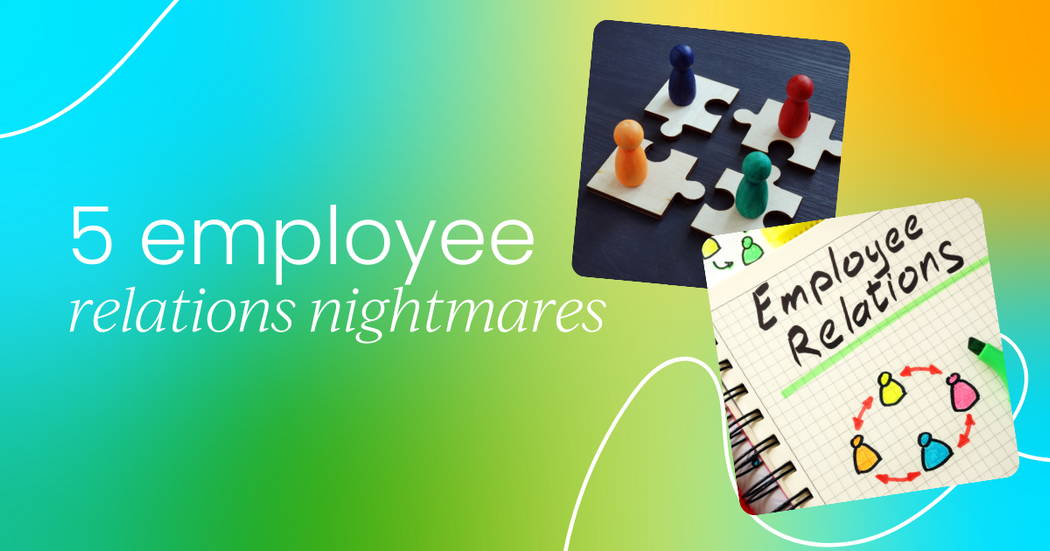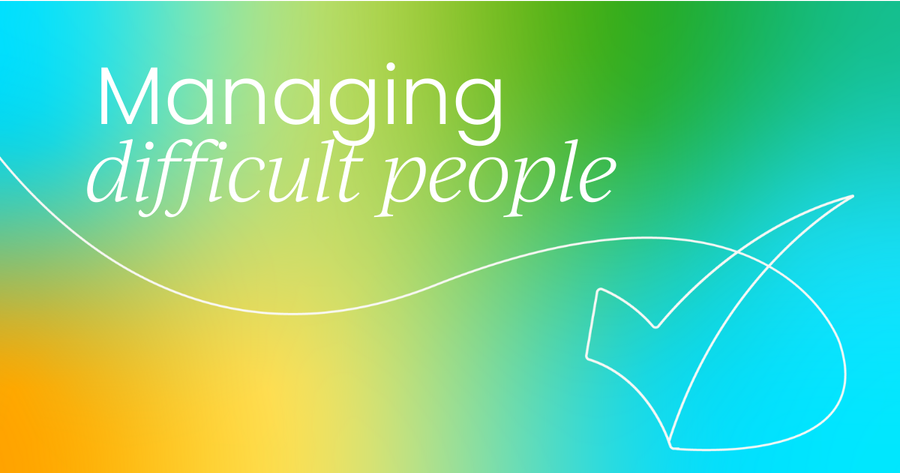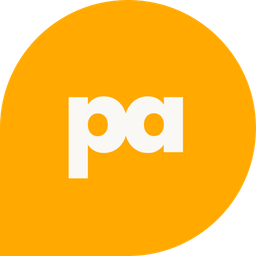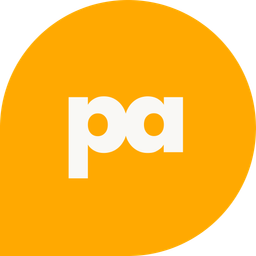As artificial intelligence (AI) continues to reshape industries, the role of the Chief People Officer (CPO) is entering a period of significant transformation.
While conversations about gender parity, remote work, and employee engagement remain essential, we're now entering a critical moment where people leaders must grapple with how to prepare organizations—and employees—for the widespread adoption of AI.
This shift demands not only new technologies and tools but also a redefinition of how we think about human potential and adaptability.
Adaptation as a guiding principle
A theme that has persisted throughout my career is adaptation. The Oxford definition—“the act of changing something or changing your behavior to make it more suitable for a new purpose or a situation”—captures the spirit of the moment we are in today.
Over the past 25 years, I’ve held a variety of roles across recruiting and people operations. From being employee number 40 on the iPod team and number five on the iPhone team at Apple to co-founding startups and scaling organizations, my path has been shaped by change. My journey has been less about chance and more about seizing opportunities, often in unfamiliar territory.
One of those defining moments came when I joined Tony Fadell at Nest Labs. I helped grow the company from a small startup to its eventual acquisition by Google for $3.2 billion. Later, I founded my own startup, Plus, where we built systems for collecting and interpreting employee sentiment through early machine learning models—what we now call AI.
Even after stepping away to raise a family and co-found a restaurant franchise, I found myself continuously adapting to new industries, technologies, and roles.

Joining Humane and rethinking people strategy
In 2020, I was approached by a company called Humane. They wanted to place talent at the core of their business and were seeking someone to help reimagine the role of people operations in an AI-first company. It took a few months of conversations for me to commit, but eventually I recognized that my earlier work in AI, once too early for adoption, had found its time.
Humane is building a new kind of mobile computing platform. Rather than relying on a screen, our device uses laser projection and voice input. It’s a bold step, especially in a world so accustomed to screens, and the challenges have been many, from convincing suppliers to support a new form factor to dealing with the complexities of miniaturization.
But like every innovation cycle before it, this is part of a broader pattern of technological evolution.
From mainframes to AI: A history of transformation
To understand where we’re going, it’s helpful to reflect on the past. Historically, each industrial revolution has brought both disruption and opportunity:
- First Industrial Revolution (late 1700s–mid 1800s):
Steam power enabled the transition from agriculture to industrial cities. While artisans lost jobs, new opportunities in factories and transportation emerged. - Second Industrial Revolution (late 1800s–early 1900s):
Electricity and assembly lines brought mass production. Though some roles—like telegraph operators—were displaced, the demand for engineers and auto workers surged. - Digital Revolution (1950s–1970s):
The rise of semiconductors and computers shifted the workplace. Automation replaced many clerical and manufacturing jobs, but new sectors like software development and IT grew. - The current shift – AI and the Fourth Industrial Revolution:
We are now entering a phase where AI and robotics are beginning to impact nearly every industry. From autonomous vehicles and chatbots to machine-assisted healthcare and legal analysis, the implications are profound.
In each of these transitions, some roles vanished while others were born. The question is not whether AI will cause disruption, it will, but rather how we prepare our people to adapt.

People leaders must lead the change
As Chief People Officers, we are at the forefront of this transformation. We must:
- Equip our organizations to become lifelong learning environments.
- Shift from fear-based narratives about AI to those grounded in empowerment and proficiency.
- Recognize that AI will not necessarily take our jobs—but people who understand AI will.
AI will touch every department. In talent acquisition alone, there are already tools to help with sourcing, screening, and even interview automation. Those who do not adopt these tools risk falling behind in attracting the workforce of the future.
Applying AI at Humane: A case study
At Humane, we were fortunate to have early access to OpenAI’s technology. This opened the door to explore how AI could make us more efficient—not just in theory but in practice.
Early on, I hired a facilities employee named Pad who was curious about people operations. I brought him into my team, and over time—with the help of AI—he became not only a capable recruiter but also a builder of internal tools.
Today, he’s helping us develop AI agents and systems that significantly enhance our team’s capabilities. In fact, his output surpassed that of a veteran recruiter with 25 years of experience—by a factor of three to four.
That’s the power of augmentation—not replacement, but enablement.
Nebula: AI in people operations
One of the tools we’ve built internally is Nebula, an AI-powered agent system for People Ops.
Take job creation, for instance. Traditionally, the process of drafting job descriptions, organizing interview panels, and creating candidate assessments can take weeks. With Nebula:
- Job descriptions are generated in under a minute.
- Interview panels are assembled using past data.
- Assessment questions are pulled together in real time.
What once took over two weeks now takes under three minutes. This frees our team to focus on candidate experience, employee engagement, and strategic initiatives.

Data, learning, and the employee lifecycle
The real opportunity lies in connecting data across the entire employee lifecycle—from recruitment to onboarding, development, and retention. For example:
- Insights from interview assessments can inform learning and development.
- Understanding both IQ and EQ helps in org design.
- Tracking skill gaps helps define training priorities.
This holistic approach enables us to move beyond administrative support and into strategic partnership with the business.
Risks and responsible AI
Of course, with great power comes responsibility. There are real risks in AI adoption:
- Bias in training data
- Invasion of privacy
- Over-reliance on automation
We’ve been careful to pilot our initiatives and include rigorous auditing and oversight. For instance, we use transcription tools in interviews not only for documentation but also to detect problematic behavior or language. While this raised concerns, particularly from our legal team, it has helped us get ahead of potential liabilities and reinforce ethical practices.
We draw on our GDPR experience to set clear boundaries. For now, we’ve chosen not to use AI for healthcare-related queries due to sensitivity around personal data.
Upskilling and democratizing AI use
AI training is not limited to the people team at Humane. Our operations team, for example, uses AI to analyze factory data and generate dashboards automatically. Program managers are exploring tools that turn conversations into tasks and documentation, dramatically reducing manual updates.
These are not isolated experiments. They're becoming embedded in the way our organization functions.
Conclusion: A call to adapt
The AI era represents not just another technological wave, but a profound shift in how we work, learn, and interact. As people leaders, we have a responsibility—and a rare opportunity—to shape this future.
The organizations that succeed will not simply be the ones with the best algorithms or automation. They will be those that empower their people to adapt, grow, and thrive in this new world.
We must move beyond administrative efficiency and toward human-centered strategy—one where time is reinvested into relationships, development, and connection.
Let’s not face this moment alone. Let’s share ideas, build communities, and adapt together.
Join the People Alliance community
People leaders, you don’t have to go it alone.
The world of HR is evolving faster than ever, and staying ahead requires a strong network. That’s why we built our People Alliance Slack community, a free online community where top HR pros connect, share insights, and grow together.



 Follow us on LinkedIn
Follow us on LinkedIn



